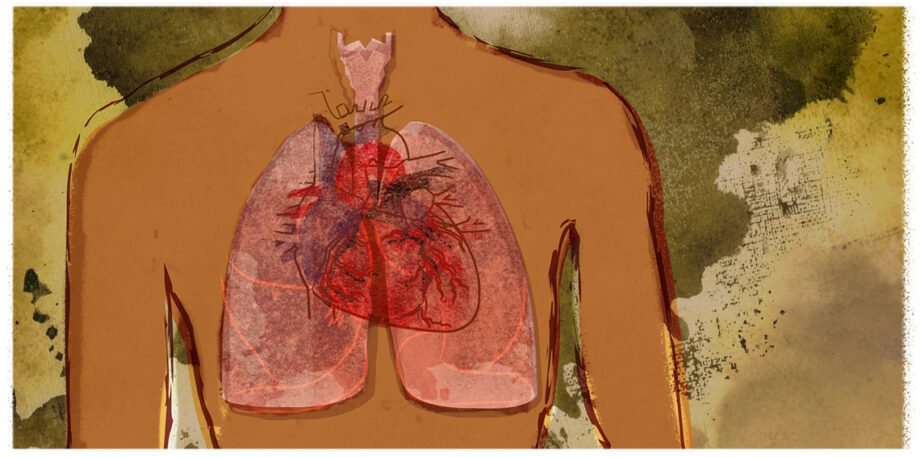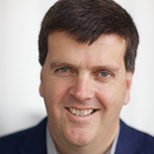January 13, 2015 — What’s the leading cause of death in low- and middle-income countries?
A. malnutrition and undernutrition
B. tuberculosis, malaria & HIV/AIDS
C. pollution
If you guessed “C,” you got it. Exposures to polluted soil, water and air (both household and ambient) killed 8.4 million people in these countries in 2012.
Another statistic worth pondering: That 8.4 million is out of about 9 million people killed by pollution worldwide in 2012. In other words, this is not a “rich country” problem. This is a problem contained to the developing world.
To put this in perspective, World Health Organization statistics show that 56 million people died in 2012 — that’s every person who passed away on the planet, whether from car accidents, suicides, old age, cancer, hospital errors, lightning strike, infectious diseases, parachute failures, war or any number of other reasons. So, pollution killed nearly one in seven of them.
Contaminated outdoor air accounted for 3.7 million deaths. Another 4.2 million people died from particulates exposure in indoor air from cooking stoves. About 1 million died from chemicals and contaminated soil and water. And 840,000 succumbed to poor sanitation. All of these data come directly from WHO’s website and databases, except for the soil statistics, which are sourced from more recent numbers (likely understated) from the Global Alliance for Health and Pollution.
In the same year, 2012, 625,000 people died from malaria, 1.5 million from HIV/AIDS and 930,000 from tuberculosis. That’s one-third the number of people that pollution kills, and yet this troika of terrible diseases attracts over $20 billion per year from international charities and governments.
Slow and Indirect
It’s important to note that pollution rarely kills people directly or quickly. Instead, it causes heart disease, chest infections, cancers, respiratory diseases or diarrhea. Pollution acts as a catalyst, increasing the rates of these diseases above normal. For this reason, WHO considers pollution a risk factor — a threat to human health similar to obesity, smoking, malnutrition or poor exercise. But pollution is the king of all risk factors. Worldwide, its fatality numbers dwarf those caused by any other risk factor in any other context.
It’s hard to imagine just how bad it can be. Try, though, to imagine this scenario:
You wake up each day on the dirt floor of a shack you and your family lashed together with cast-off materials from a nearby construction site for a five-star hotel. Your husband works 70 hours a week sorting chemicals in a badly run pesticides factory. Lately, he’s come home coughing up blood. He looks thinner and more exhausted each week, and you want to tell him to stop, but how can you? The pennies he earns are the only things feeding your kids.
So you head to the local pond with your plastic bucket. The water you scoop from the pond is brown and stinks of human waste, but there’s nothing else to drink. You try straining it through cheesecloth, but it doesn’t do much good. Meanwhile, the factory next door to your slum, the one the government recently shut down, has started operating again — but only at night. Its chimneys pump out serpents of thick smoke, and there’s no way of knowing what’s burning. Last week, your eldest child started coughing through the night. The rest of your children are sickly and slow to learn even the most basic concepts. None of your friends or family can help you since, curiously, almost everyone in your neighborhood has the same problems.
Our economy is global and so are the pollutants it generates.
You are one of the poisoned poor, without voice and without hope. Regulations that might exist to combat the conditions are never enforced. You cannot simply pick up and move to another town — it took you years to establish yourself to this extent. And anyway, where exactly would you go? Every village shares this plight. Like the rest of the world’s underprivileged, you have become cannon fodder in the ongoing war of growth.
How can we fix this problem?
Our economy is global and so are the pollutants it generates. Contaminated air from China can now be measured in other countries. Mercury from gold mining and coal plants can be found in fish, and arsenic has been found in rice.
Many highly polluting industries have moved from developed countries to poor countries with less environmental regulation and technology to manage and remediate chemicals. Clean technologies and green growth are possible for emerging economies and can prevent decades of future contamination that will harm us all. Western nations have had success in cleaning up pollution and can now transfer technology and funding to low- and middle-income countries.
Of critical importance is making sure pollution is included in the United Nations’ Sustainable Development Goals, which look at how to achieve future development sustainably after the current Millennium Development Goals expire this year.
Prioritizing the prevention and cleanup of pollution will not only save lives, but also mitigate climate change and reduce threats to biodiversity. Glancing through the program priorities of major international organizations, the low priority of pollution is startling, given its impact. The likely reason for this is a lack of awareness, as well as not knowing where to begin to address this complex set of problems.
Of critical importance is making sure pollution is included in the United Nations’ Sustainable Development Goals, which look at how to achieve future development sustainably after the current Millennium Development Goals expire this year and include topics such as ending poverty, promoting sustainable agriculture, ensuring equitable education and more. The current draft does not include a goal for pollution on its own, although pollution is included in the health goal. That text — sub-goal 3.9 — currently calls to reduce death and disability from all types of pollution. This language needs to stay in the final text, because the SDGs will define international and national efforts for the coming years.
The Global Alliance on Health and Pollution is galvanizing resources to help low- and middle-income countries address priority pollution problems. In addition to education on all forms of pollution, GAHP helps countries:
— identify and assess toxic pollutant threats, especially for contaminated sites
— create a planning process to prioritize action for problems posing the greatest risk to human health
— implement solutions to save lives.
The technology and knowledge exists in wealthy countries to address this health and economic threat. Solutions can be implemented in low- and middle-incomes countries for a fraction of the cost spent in the West addressing legacy toxic pollutants from industrialization.
Which means, pollution is not inevitable. It is a problem that is solvable, in our lifetime. ![]()
Editor’s note: The views expressed here are those of the author and not necessarily of Ensia. We present them to further discussion around important topics. We encourage you to respond with a comment below, following our commenting guidelines, which can be found here. In addition, you might consider submitting a Voices piece of your own. See Ensia’s “Contact” page for submission guidelines.
Ensia shares solutions-focused stories free of charge through our online magazine and partner media. That means audiences around the world have ready access to stories that can — and do — help them shape a better future. If you value our work, please show your support today.
Yes, I'll support Ensia!

WhatTheHealthfilm.com
WhatTheHealthfilm.com/facts